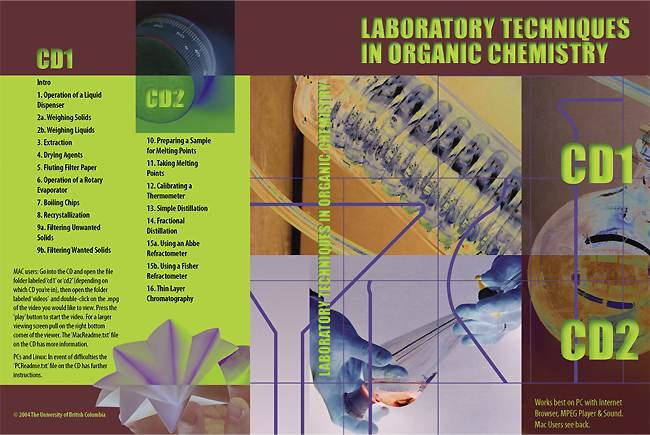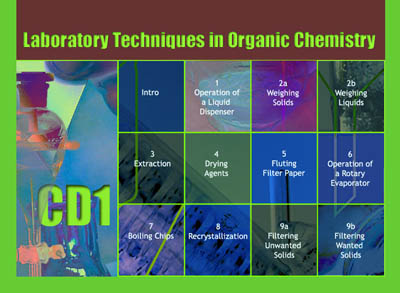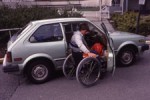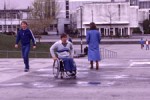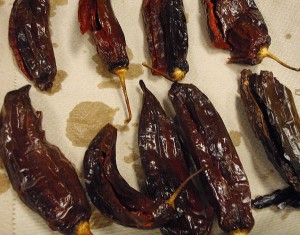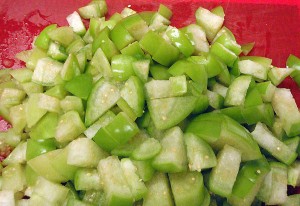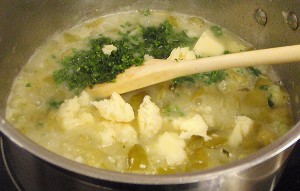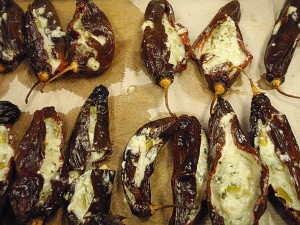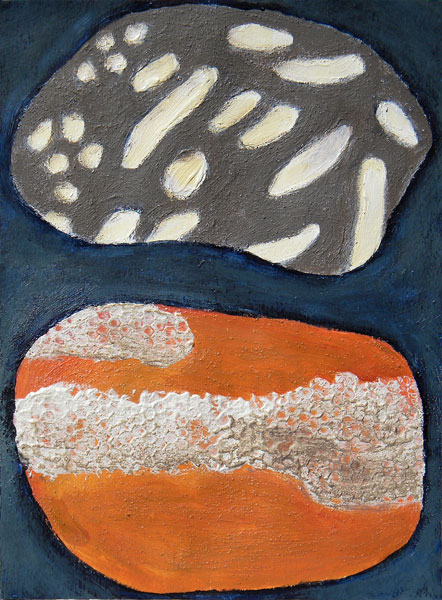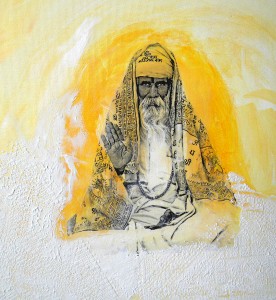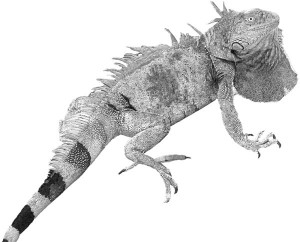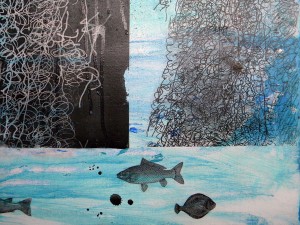We started with a Basque-influenced fisherman’s soup of cod, fresh corn, tomato and chorizo.

Spanish-influenced soup from the Bordeaux region of France
This was served along with a leek & goat cheese tart topped with warm fennel salad and accompanied by the local white wine from the Bordeaux region, a Sauvignon Blanc, in this case 2007 Dourthe No. 1.
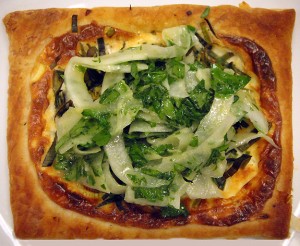
the starter course was fennel salad on a goat cheese tart from the Bordeaux region of France
The main course was grilled steak Bordelaise in a wine sauce and pear-shaped potato croquettes; the wine Chateau Puy-Blanquet St. Emilion Grand Cru 2007. Going with the concept that wine from the region pairs perfectly with food from the region, especially in the ‘Old World’, you can pair any of the Bordeaux reds with the grilled steak. So try a Cabernet Sauvignon, Cabernet Franc, Malbec, Merlot or Petit Verdot, and to make it even more perfect add a bottle of cheaper bordeaux to the wine sauce.
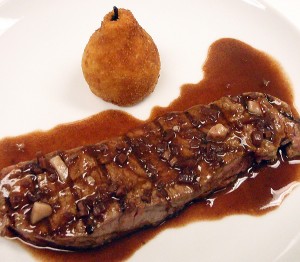
the main course was steak, bathed in a wine sauce that contains a bottle of one of the less expensive Bordeaux wines, and served with pear-shaped potato croquettes from the Bordeaux region of France
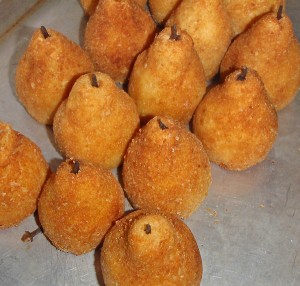
pear-shaped potato croquettes from the Bordeaux region of France
Finally, the dessert, cannelés, delectable rum and almond cakes.
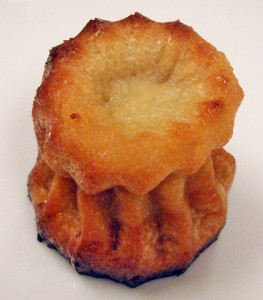
the desert was a cannel, from the Bordeaux region of France

